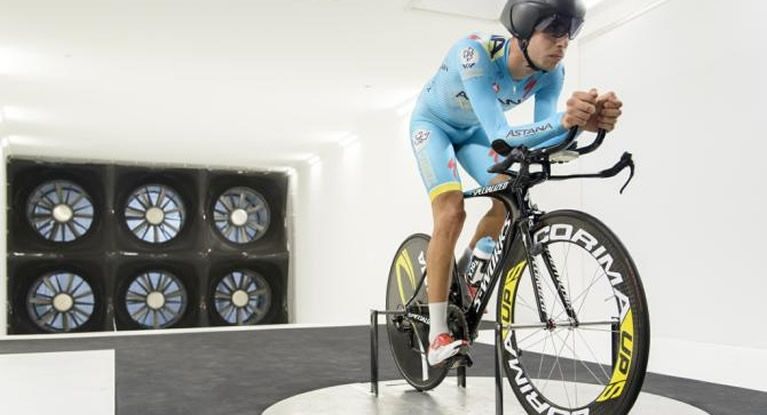
For getting race ready, or just for keeping your fitness up during the winter turbo trainers are a must for serious riders. Getting out on the bike day in, day out isn't always possible, even the pros use them- as well as their numerous training camps in warmer climates like Majorca. Although trainers aren’t just to fill in for those times when you feel it's too dark, cold and wet, they’re also for getting proper interval training sessions done. The amount of control a trainer offers means that intervals are more achievable and tunable than compared to out on the road. There are a few different types of trainer, with various levels of features. This guide should be able to help you make a decision about what you need, and from which type of trainer.

Firstly there's the roller trainer, we’ll get this one out of the way first because it may be one to write off for the fearful amongst you. They are simple, and in reality only offer the resistance adjustment via your bike’s gears. The biggest worry for most with rollers is safety, most people will take some time to get used to rollers. Unlike turbo trainers there are no clamps keeping your frame, forks or wheels in place, which means that if you lose balance you’re likely to come off in style. There are advantages though, because you’re essentially riding naturally you will build up bike handling skills, which you wouldn’t on a turbo. Also the feeling is more natural too, just like riding an ultra smooth tarmac road on a perfect weather day. With the lack of adjustment, and the harcore-only usability aspect mean that they’re mainly good for short sessions and warm downs (much like you’ll see after a stage on the pro tour with the likes of Astana’s Vincenzo Nibali on the rollers).

The other main type of trainer is the turbo trainer, this uses various means of putting resistance on your wheel to mimic resistance out of the road. The turbo trainer doesn’t on the whole feel as natural as rollers or real riding, but they can feature adjustable amounts of resistance. A great feature of the turbo trainer is that is clamps the rear axle of the bike, which leaves the bike secured in the frame of the trainer. The more expensive ones will offer resistance adjustment, and the best will offer bar-mounted resistance adjustment, meaning that you can adjust the resistance whilst ‘riding’, and carry out proper intervals.
Firstly there is the air resistance turbo, this simply uses a fan to sap some of your energy. These are the cheapest type of turbo. Some air turbos offer resistance adjustability, some however don’t, which leaves just the gears on your bike to adjust during your session.
The next type of turbo is the magnetic type. This is perhaps the most common, and most cost effective adjustable resistance type of turbo trainer. These often offer good degrees of adjustability.
The fluid resistance turbo trainer is generally considered the best option in the mid to high price range, these are some of the most expensive, but also the most tunable. This uses a propeller moving through a fluid to generate resistance, it gives themost realistic feeling possible with turbo trainers.
Direct drive is a fairly new type, where your back wheel is removed completely and your chain is fitted around a cassette on the machine. These immobilise your bike completely, creating a very stable experience, but come at a big premium.
Some turbo trainers can be hooked up to a virtual reality system where the resistance is adjusted according to a hill profile on a course, and a screen will display a video. These systems will even relay your progress to a central server, so you can record your efforts, and even race others in real time.
A couple of points worth mentioning include: Turbo trainers are noisy beasts, your adjoining neighbours may not be amused, some people lay rubber mats to absorb some of the noise. Also turbos raise your rear end off the ground by a couple of inches, and therefore a block for your front wheel can be a good idea.
Whichever type you choose, trainers are a necessary evil, for both getting you through winter and getting controllable interval sessions done, but pick wisely: you’ll be on them for hours!